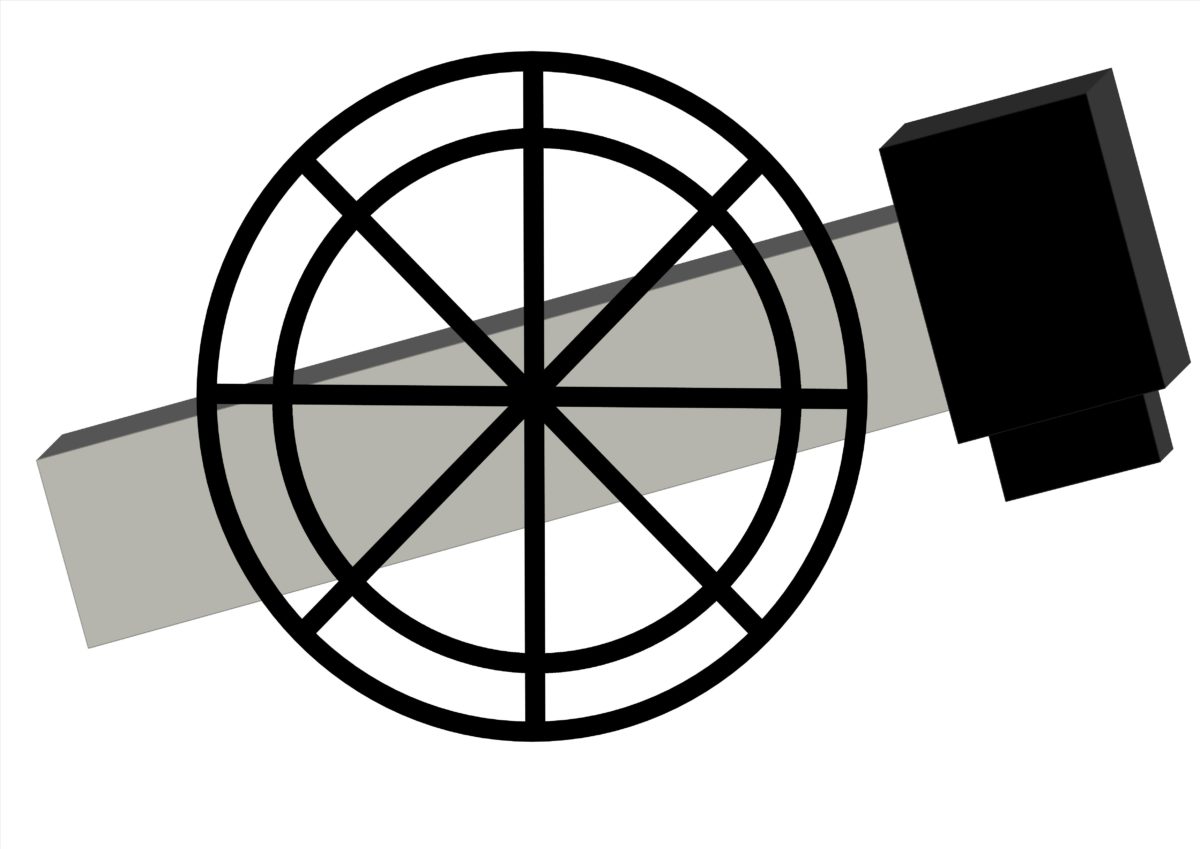Nagelschmiede
Many names, one estate
The wasteland ‚Nagelschmiede‘ or ‚Schinnermühle‘ was located northwest of Hütten, but belonged to the municipality of Gmünd. Today it is completely abandoned. Opposite the road is the Pfarrweiher pond, which was created by the dammed Wurzenbach stream. The name or house name of the estate changed frequently according to its function or owner. The different uses have also been preserved in field names or on maps around the Nagelschmiede (Nail Forge), for example Hammerschmiedwiesen, Spiegelschleife (Mirror grinding), Weiherhaus (House on the pond) or Polierhaus (Polishing House).
A house with many facets
Until 1808 there was a Michael von Thoma on the homestead, from then on a Joseph Sturm, who was called a Polisher and about 30 years later Nail Blacksmith. At that time the name „Sturmmühle“ (Mill of J. Sturm) was also in use. In 1812 the house was described as a half-walled dwelling house with the real right to forge iron nails. ‚Polier‘ was given as the place name, a reference to the previous owner’s polishing business. In the 1840 census 6 inhabitants are listed on the Nagelschmiede. Around 1850, there is evidence of a Jacob Schinner, whose name again carried over to the wasteland: ‚Schinnermühle‘ (Mill of J. Schinner). The Pfarrweiher pond was also called „Schinner pond“ at that time. At the beginning of the 20th century an Aumüller married into the estate. In the birth certificate of his son the address is „Weiherhaus 6“, in other documents one finds „Hammergmünd 6“.
Relocation for the military training area
In 1908 the Nagelschmiede was taken away by the military administration for the construction of the military training area. Family Aumüller moved to Hütten and took the house name Schinner with them. A correspondence with the War Ministry concerning the possible preservation of the Nagelschmiede has been preserved from the military training area. In 1911, the camp commander expressed a need for the building to house barricade troops. However, he made the desirability of preservation contingent on the cost of repair. However, the property was in poor condition, so that high costs would have been due for renovation. The letter also noted that the building was still rented out at the time. In another application dated August 18, 1911, the camp finally did request a demolition permit from the War Department. According to a fire insurance policy, the property was still worth 3,140 marks. The reason given for the demolition work was that a levelling embankment would have to be created because the house was lower than the road leading directly past it. Finally, in 1911, the Nagelschmiede was finally demolished.
Today, the site is located outside the military training area east of the B299 road and north of the junction with the Hütten bypass. The Nagelschmiede was located directly on today’s bike path between the road and the small ponds east of the B299 road.
 cycle trail ‚hammer mills & mills‘
cycle trail ‚hammer mills & mills‘